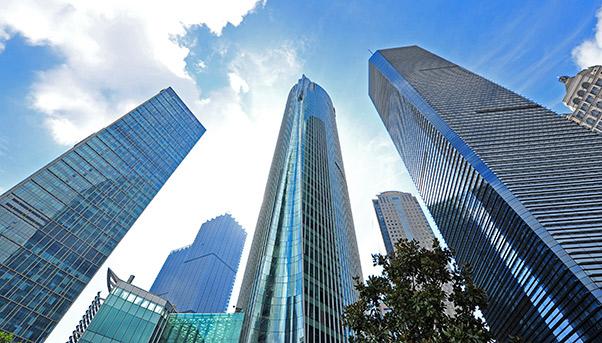
The most recently published economic outlook by the Organisation for Economic Co-operation and Development (OECD) expects a growth rate of a rise of about 3% for the global economy in 2016. The forecast is about the same for 2017: a modest improvement.
For the OECD, this trend could be improved with huge investments in the infrastructure sector, an initiative already being applied by some OECD member countries. Investments in public works of high quality can give a boost to economies, especially those in emerging markets. Many emerging market economies (EMEs) have seen a lose of momentum among commodity producers. At the same time, the upturn in advanced economies remains modest, with growth held back by slow wage gains and subdued business investment. Low commodities prices and accommodative monetary policies continue to offer support in many economies, albeit punctuated by periods of tightened and volatile financial conditions. All of this has culminated in an aggregated growth rate that is much weaker than what was expected a few years ago and well below pre-crisis norms.
Risks of financial instability also persist. In the United States, a moderate recovery is projected to continue as headwinds from the strong dollar and declining energy sector investments vanish. A gradual expansion in wage growth is expected to support domestic demand as the labour market approaches full employment. In Japan, gross domestic product (GDP) is likely to keep growing at a low rate, the tightening labor market is predicted to have only a limited impact on nominal wage growth and a sizeable fiscal consolidation is projected in 2017.
In the eurozone, the OECD says growth should be barely sustained by the gradual impact of recent monetary policy easing on credit growth and, in some countries, additional fiscal spending to assist asylum seekers. However, labour market slack, elevated debt burdens and non-performing loans continue to hamper recovery in some countries. Non-OECD GDP growth should start up again as sharp recessions in many commodity producers gradually recede, provided commodity prices stabilize at their current levels.
However, EMEs are likely to experience diverse outcomes, reflecting differences in available policy support, the impact of low commodities prices, progress in enacting structural reforms and the extent of financial vulnerabilities. GDP growth is projected to continue moderating gradually in China, to around 6 per cent in 2017, as the economy rebalances from manufacturing to services. Recent fiscal policy measures provide considerable support to growth, via infrastructure and real estate investment, but also add to the challenges of achieving a smooth rebalancing and avoiding financial tensions. Solid growth should persist in India and Indonesia, helped respectively by a large planned increase in public sector wages and substantially higher infrastructure spending. The outlook for Brazil and Russia remains challenging, given the hit to incomes from low commodities prices, still high inflation, fiscal difficulties and, in Brazil, heightened political uncertainty.

Breaking out of this low rate of global economic growth requires new comprehensive fiscal policies. It is clear that reliance on monetary policy alone has failed to accomplish satisfactory growth and inflation targets. Additional monetary policy easing could now prove to be less effective than in the past, and even counterproductive in some circumstances. Low interest rates in nominal terms, negative in some cases, offer most OECD countries a temporary increase in fiscal space and creates room for fiscal expansion to strengthen activity via public investment. Some OECD countries have already implemented fiscal policy measures that provide considerable support to acknowledged growth-friendly items such as public construction and infrastructure and real-estate investment. In fact, public investment is a high-multiplier, and good-quality infrastructure projects, including clean energy, education and telecommunications, would help to support future growth and the capacity of the economy to deliver higher living standards.
Moreover, investment in public infrastructure has already proven to raise growth potential in the medium term and stimulate private investment in the short term. Such measures would be particularly beneficial in countries where the initial level of public capital is low, and returns to investment are accordingly likely to be high, and in countries where demand has been persistently weak.
Moreover, infrastructure needs are sizeable in OECD countries, especially as fiscal consolidation in recent years has pushed down public capital spending to very low levels in many countries. In such a situation, additional public investment is a fortiori even more likely to benefit from high rates of return. Collective action across economies to raise public investment in carefully selected projects with a high growth impact would therefore boost demand without compromising fiscal sustainability.

